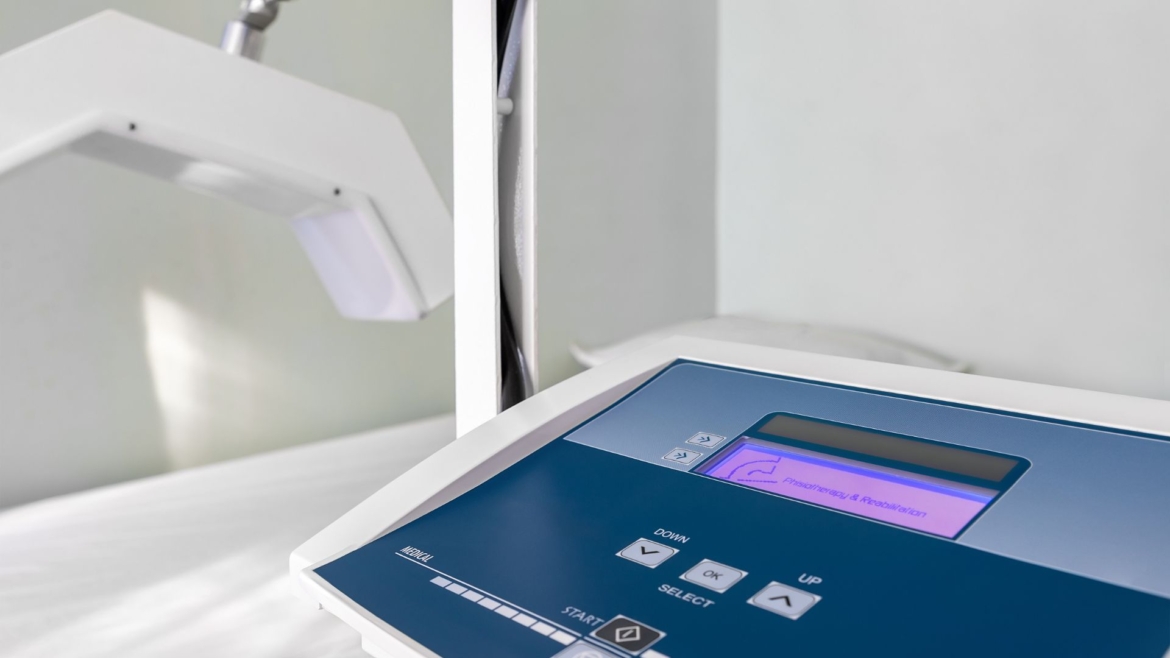How Diathermy E-Stim Plays Assists in pain relief and senior physical Therapy?
Diathermy and electrical stimulation (E-stim) are two therapeutic techniques that have been utilized in physical therapy for many years. These techniques are used to manage pain and improve neuromuscular control, making them especially useful in senior physical therapy.
Diathermy is a type of deep heating therapy that uses high-frequency electromagnetic waves to produce heat in tissues. This heat can increase blood flow, relieve pain and stiffness, and promote healing. Diathermy can be applied in two ways – by induction and by capacitive coupling. Inductive diathermy uses a magnetic field to produce heat, while capacitive coupling diathermy uses an electric field. Both types can be used to deliver deep heat to muscles and other soft tissues.
E-stim, on the other hand, is a technique that involves the use of electrical currents to stimulate muscles and nerves. This stimulation can help to reduce pain, improve muscle strength and endurance, and restore neuromuscular control. E-stim can be delivered in different ways, including transcutaneous electrical nerve stimulation (TENS), which is a non-invasive technique that uses electrodes placed on the skin, and intramuscular electrical stimulation (IMES), which involves the use of needles inserted into the muscle.
When used together, diathermy and E-stim can have a powerful effect on senior physical therapy. For example, diathermy can be used to warm up muscles and increase blood flow to the affected area, while E-stim can be used to activate and strengthen weakened muscles. This combination of therapies can be especially helpful for seniors who are recovering from surgery or injury, as well as those who have chronic pain or mobility issues.
In addition to their physical benefits, diathermy and E-stim can also have psychological benefits for seniors. Pain and physical limitations can often lead to depression and anxiety, and these therapies can help to alleviate these symptoms by improving overall well-being and reducing stress.
One of the key benefits of diathermy and E-stim is their non-invasive nature. Unlike surgery or other invasive procedures, these therapies do not require incisions or anesthesia, making them a safer and less painful option for seniors. Additionally, because these therapies are non-invasive, they can be used in conjunction with other therapies, such as medication or exercise, to achieve the best possible results.
It is important to note that diathermy and E-stim should only be used under the supervision of a trained physical therapist. These therapies can be dangerous if not used correctly, and should never be attempted at home without professional guidance. A physical therapist will be able to assess the senior’s condition and develop an individualized treatment plan that incorporates diathermy, E-stim, and other therapies as needed.
In terms of effectiveness, research has shown that diathermy and E-stim can be very effective in managing pain and improving neuromuscular control in seniors. Studies have also shown that these therapies can be especially helpful for seniors with conditions such as arthritis, osteoporosis, and Parkinson’s disease.
In conclusion, diathermy and E-stim can be powerful tools in senior physical therapy. These therapies can improve blood flow, reduce pain, increase muscle strength and endurance, and restore neuromuscular control. When used under the guidance of a trained physical therapist, diathermy and E-stim can be a safe and effective way for seniors to achieve their rehabilitation goals and improve their overall well-being. If you are looking for E-Stim therapy contact us today!

